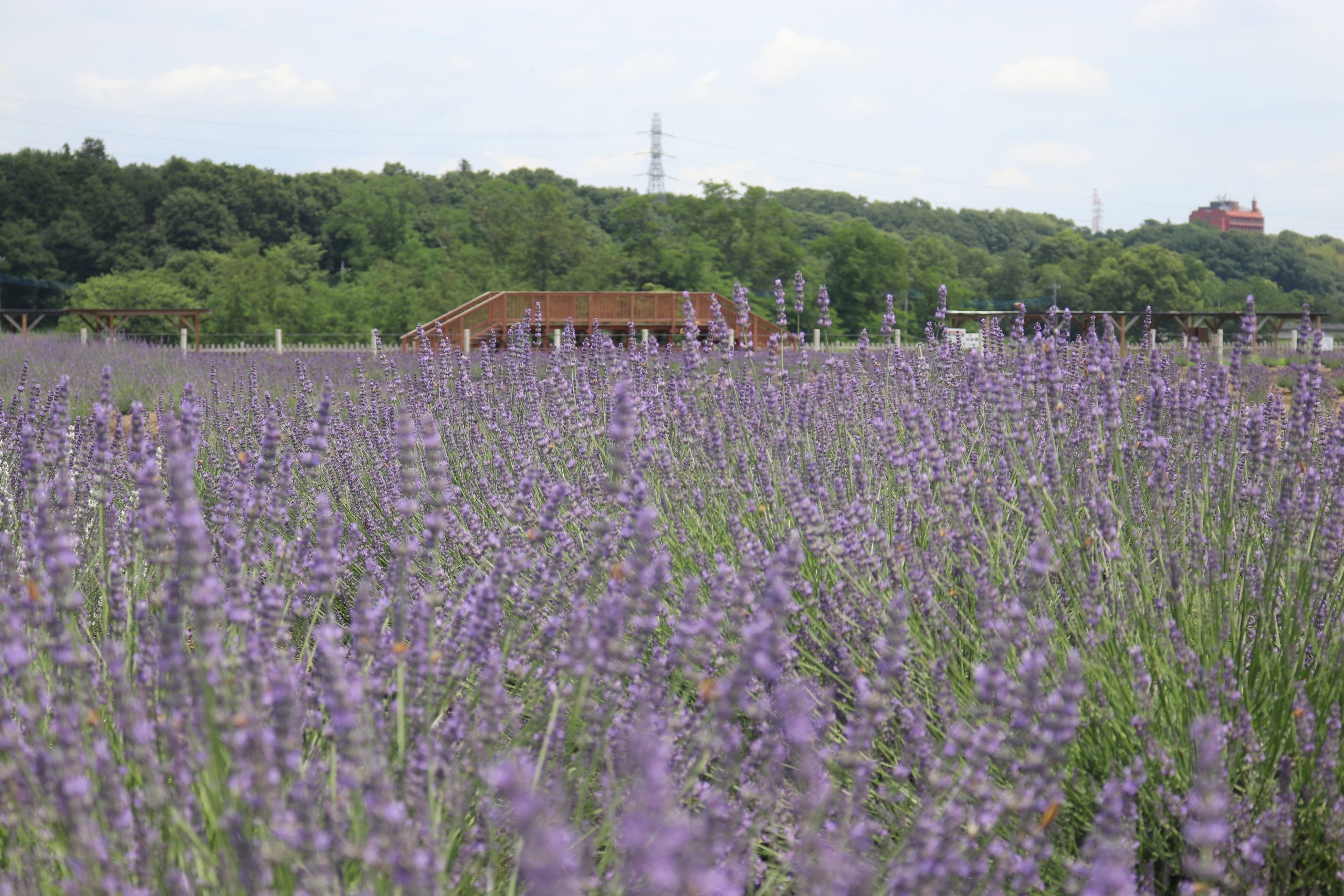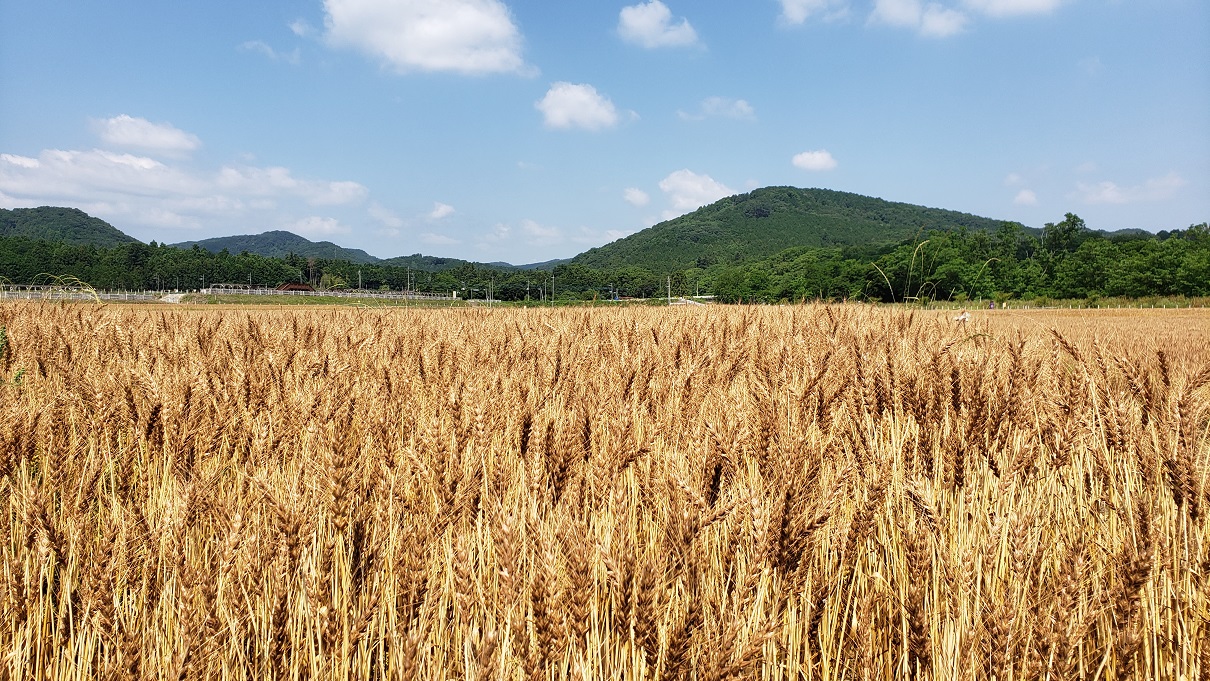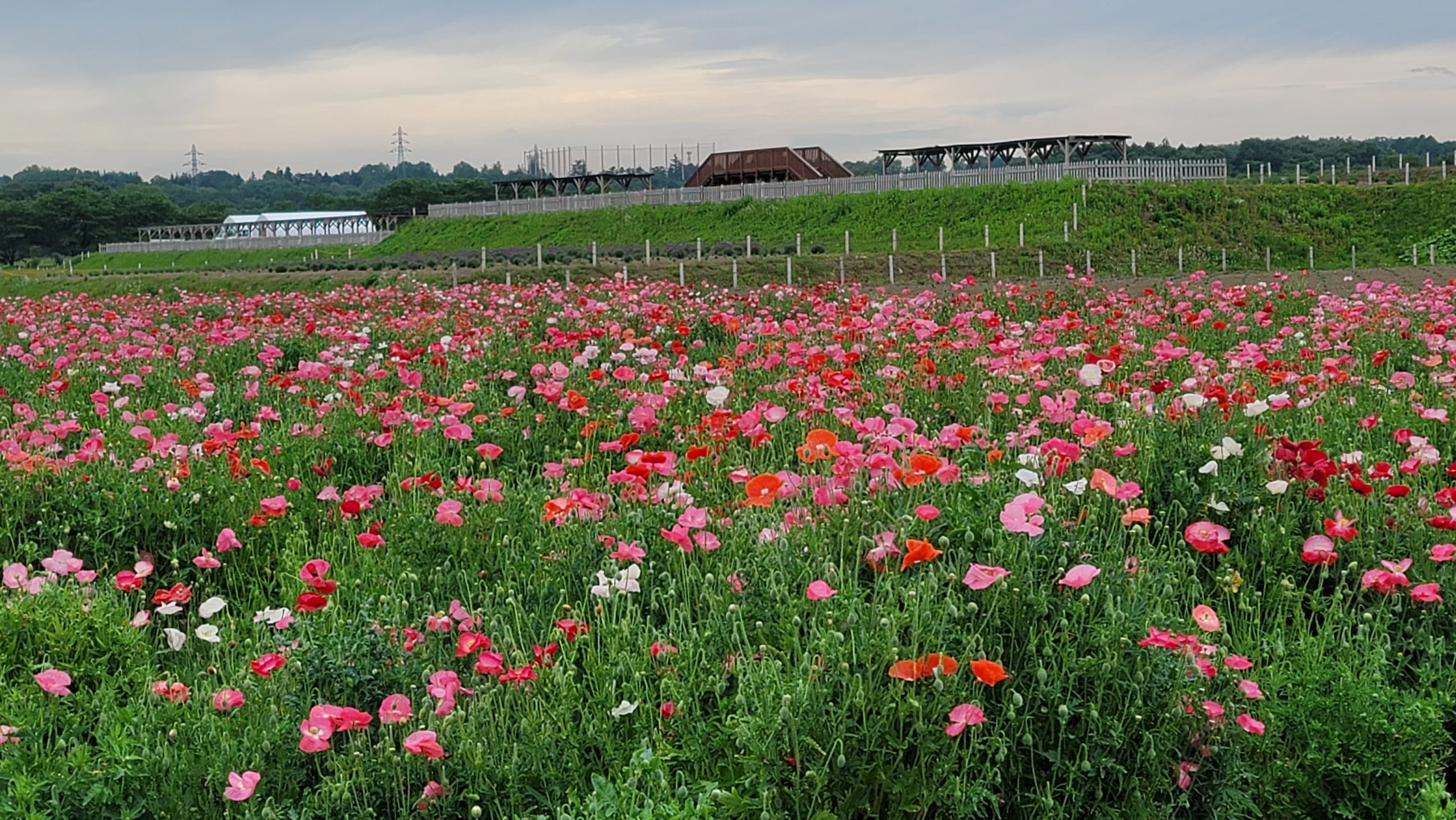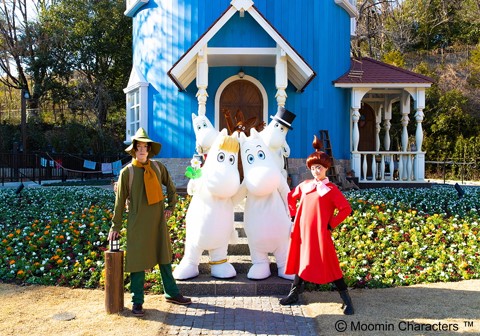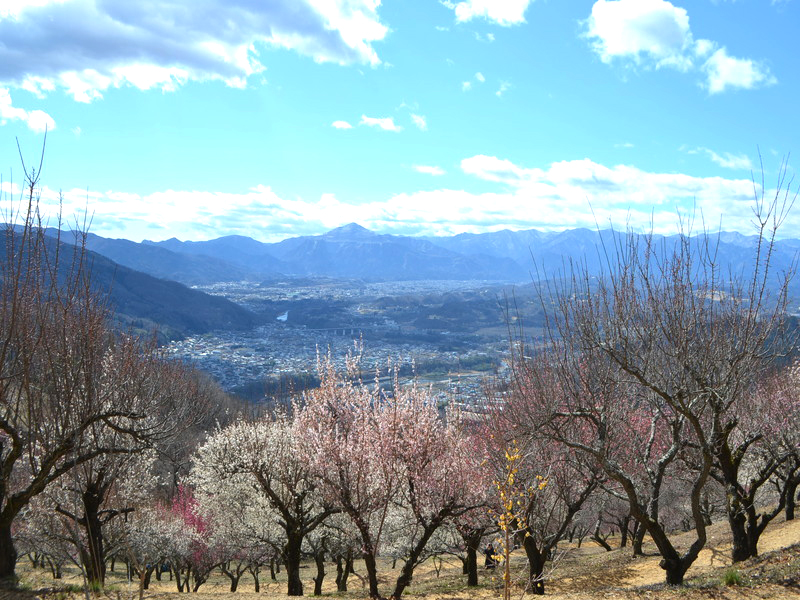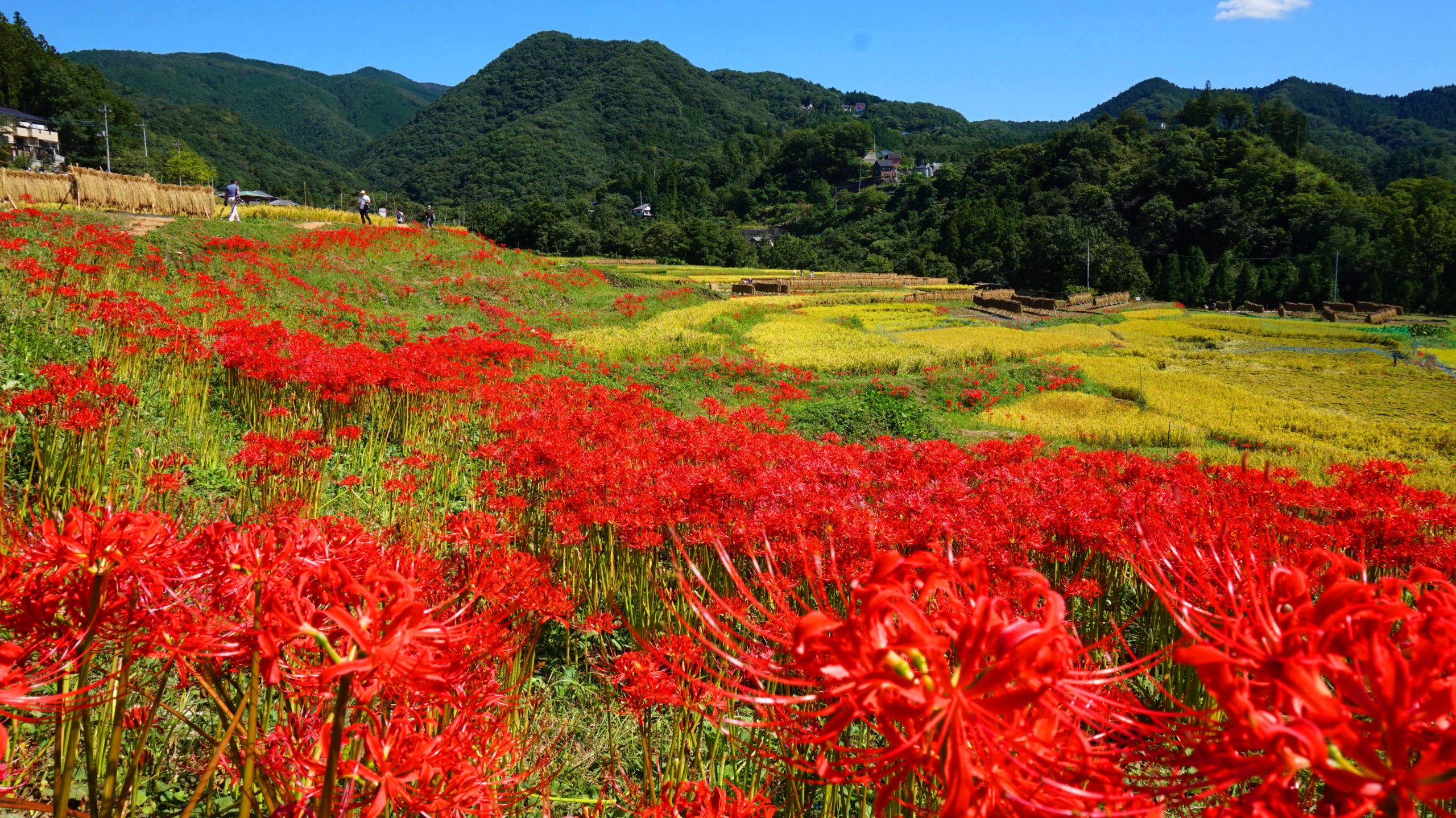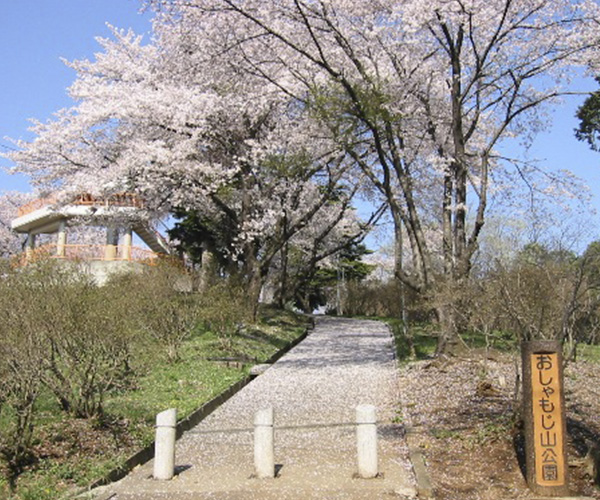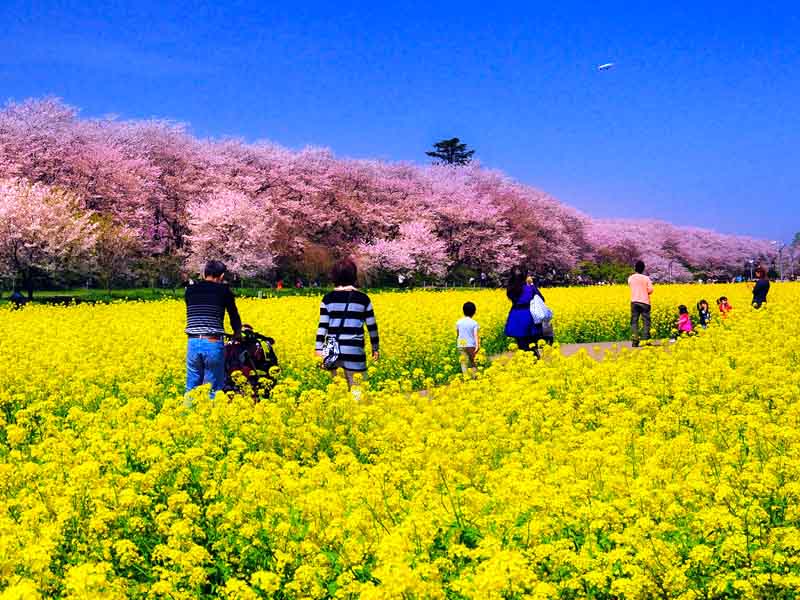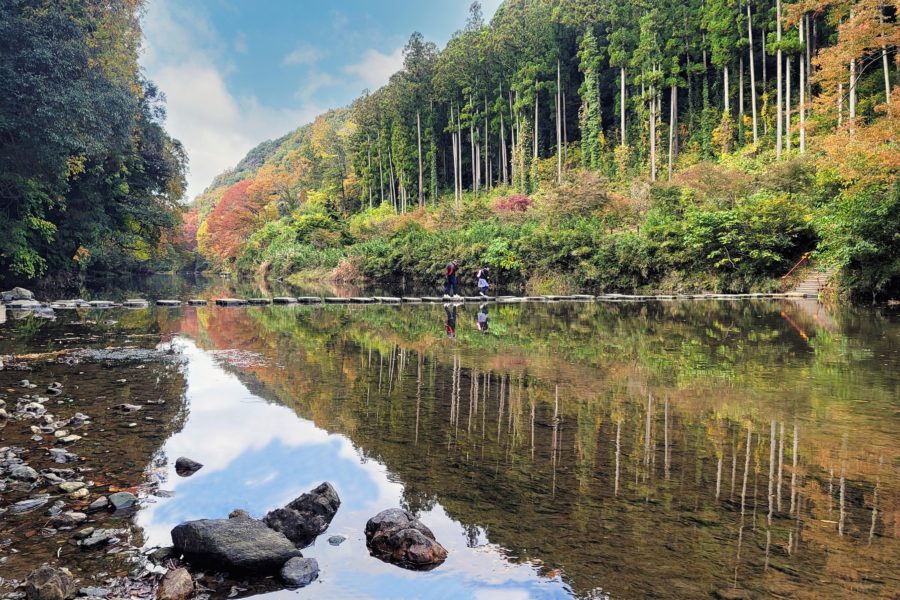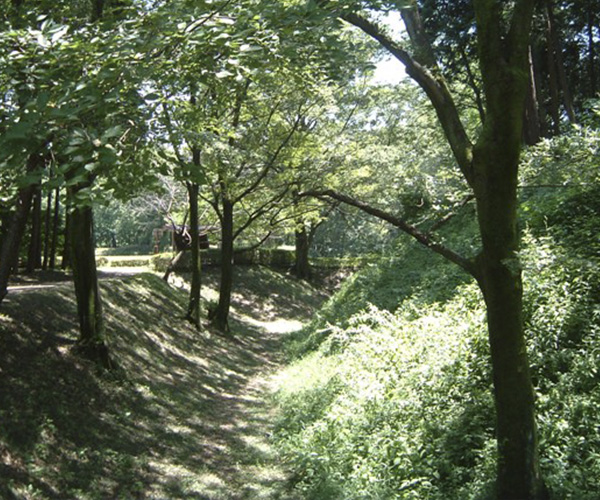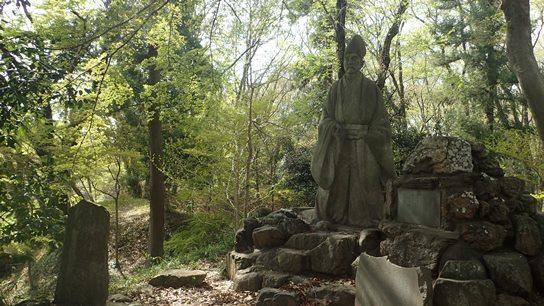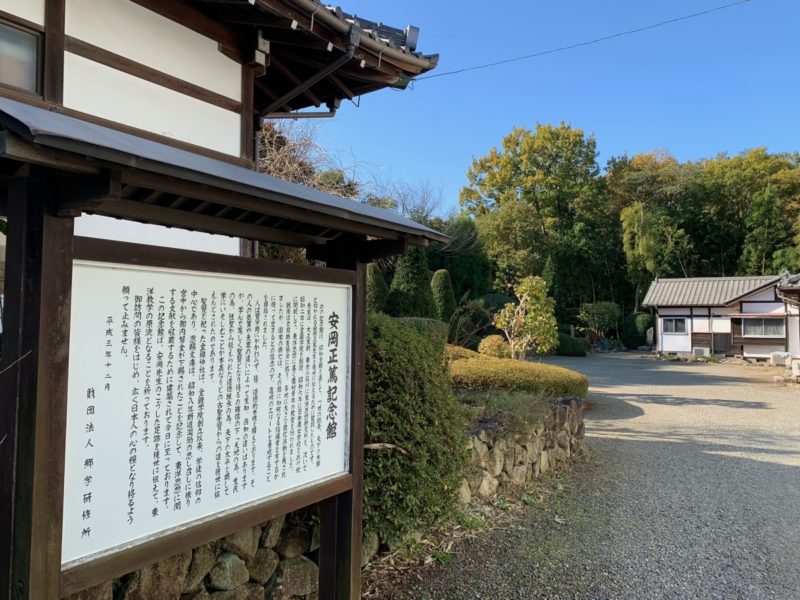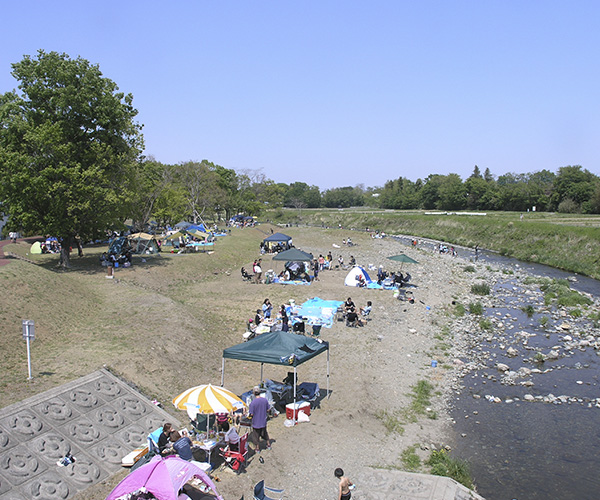Sennen no Sono Lavender Field
sightseeing
The Sennen no Sono Lavender Field spans approximately 6.5 hectares and boasts around 22,000 lavender plants including over 10 different lavender varieties, such as Grosso (French), Hidcote (English), and Avonview (Spanish). In late May, visitors can enjoy the enchanting sight of red, pink, and white poppies blooming alongside early-blooming lavender. By mid-June, a portion of the field transforms into a golden sea of wheat known as "Nourin 61," and towards the end of June, visitors can witness the spectacle of wheat harvesting.
The annual Ranzan Lavender Festival takes place from early to late June, offering a wonderful opportunity to experience the beauty of the lavender field.
*Please note that access to the fields is restricted after the festival as they undergo harvesting.
Basic Information
Location
2326 Kamagata, Ranzan-machi, Hiki-gun
TEL
0493-81-4511(Ranzan Town Tourism Association)
How to get there
Public transport
About 10 minutes by bus from the west exit of Musashi-Ranzan Station on Tobu Tojo Line. Get off at the "Kyuuyouchi Iriguchi” bus stop, and you will
find the lavender field right there.
find the lavender field right there.
Car
About 15 minutes from Kanetsu Expressway Higashimatsuyama IC or Ranzan Ogawa IC.
1 km from the Arashiyama Keikoku Iriguchi intersection, the entrance to the parking lot is on the right.
1 km from the Arashiyama Keikoku Iriguchi intersection, the entrance to the parking lot is on the right.
Parking
80 cars (charged) available only during the flowering season.

